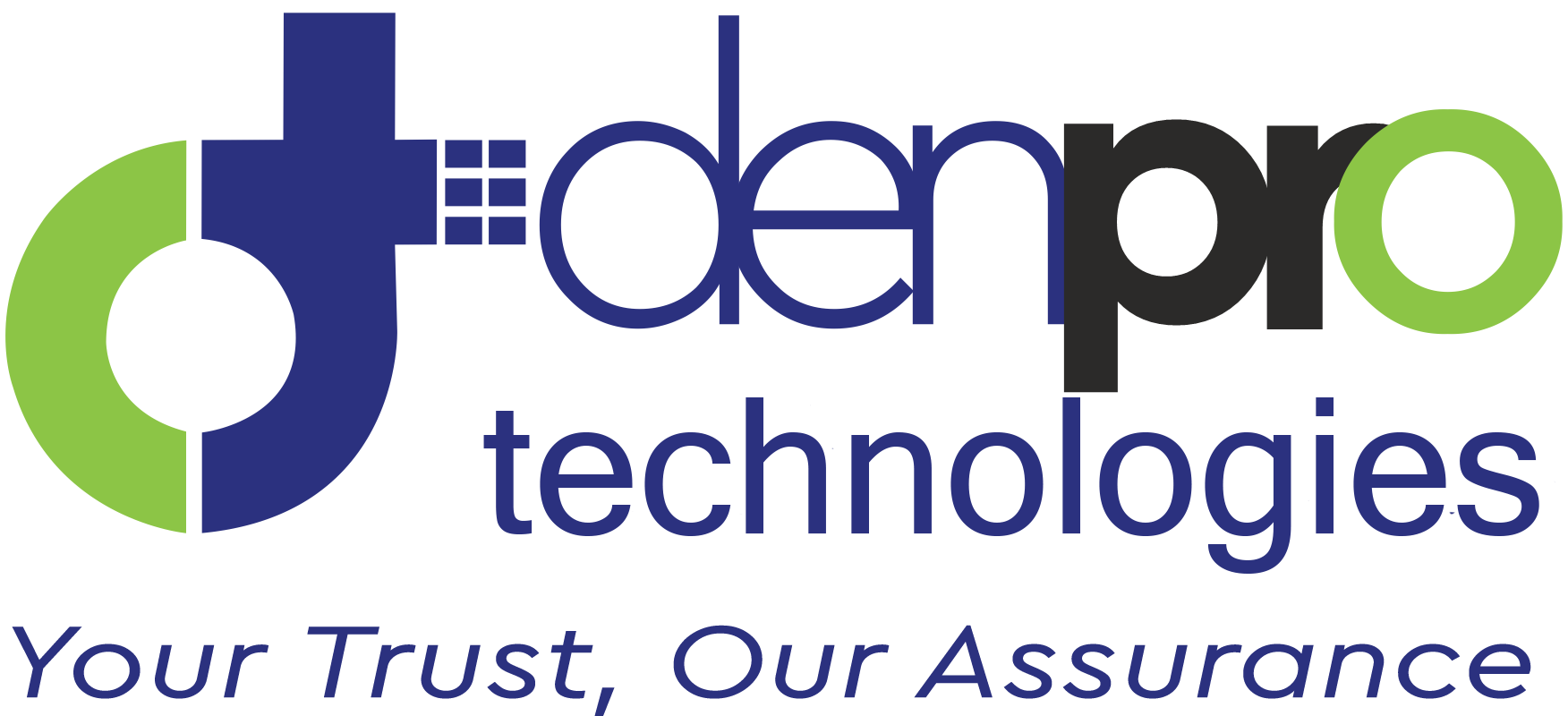5 Golden Rules for Using SAP Activate to Implement SAP S/4HANA

Businesses utilizing SAP S/4HANA will benefit from keeping the solution as close to standard as feasible since it facilitates quicker adoption of innovations that SAP provides for both cloud and on-premises systems.
SAP experts frequently refer to this as maintaining the core clean or having a cloud attitude. To help customers implement this plan, SAP Activate offers support and oversight for the supposed “golden guidelines” for installing SAP S/4HANA. In this post, we’ll go over the approach and rules in further detail.
SAP S/4HANA offers a high degree of flexibility and expansion possibilities as well as the entire ABAP development environment enabled. The SAP S/4HANA implementation team may decide during the project to take actions that raise the total cost of ownership both now and in the future when the environment is upgraded. SAP urges project teams to adhere closely to the solution’s standard functionality as you develop it and to save the use of some extensibility and custom coding techniques for strictly necessary cases where the solution must be altered to meet the business goals.
SAP has defined five golden standards for adopting SAP S/4HANA that project teams, architects, technical and functional consultants, and key users may adhere to in order to make it easier to upgrade and constantly improve the solution.
We’ll go through each of the golden rules and explain how to apply it to your SAP S/4HANA project in the parts that follow. Let’s first examine the rules at a high level and discuss how they will help company.
The Five Golden Rules
- Foster a Cloud-First mind-set while following the SAP Activate Framework.
- Utilize SAP Fiori UX, predefined processes, and solutions that have been preconfigured.
- Utilize cutting-edge integration technologies.
- Deviate at your discretion Transparency.
- Utilize modern extensible technologies.
Rule 1: Foster a Cloud-First mind-set while following the SAP Activate Framework.
Continuously innovate while using the norm whenever you can. Before extending a business procedure, find out if the standard can be used in that capacity. Make use of software implementation to increase productivity and effectiveness. Utilize the Fit-to-standard method for scoping by first assessing accepted practices (SAP Best Practices). Continual learning Create a learning organisation that can quickly adapt.
Rule 2: Utilize SAP Fiori UX, predefined processes, and solutions that have been preconfigured.
The following are the options for the present solutions:
- S/4HANA Cloud and S/4HANA Best Practices for SAP (on premise)
- Layer of enterprise management for SAP S/4HANA
- Partner package certified by SAP
- Contemporary SAP Fiori UX
Rule3: Utilize cutting-edge integration technologies.
Utilize the following suggestions while using modern integration technologies:
- Make use of open APIs (also known as allow-listed APIs).
- Deny native access to protected APIs.
- Follow the SAP Activate procedures as given for integration.
- Utilize the SAP Business Technology Platform’s cloud integration capabilities (SAP BTP).
Rule 4: Deviate at your discretion Transparency
The following methods can be used to ensure transparency:
- If they are thoroughly documented as part of the implementation, the company will be able to replace any deviations with standard capabilities if they are made available in the future.
- Utilize the standard functionality of ALM products like SAP Solution Manager or SAP Cloud ALM to document the solution.
Rule5: Utilize modern extensible technologies.
Use modern extensibility technologies while respecting these guidelines:
- Develop parallel corporate growth via SAP BTP.
- Without writing any code, use necessary user extensibility for expansions.
- Use developer extensibility to write custom code when necessary.
- Avoid performing backend upgrades.
- Never change the source code for SAP.
